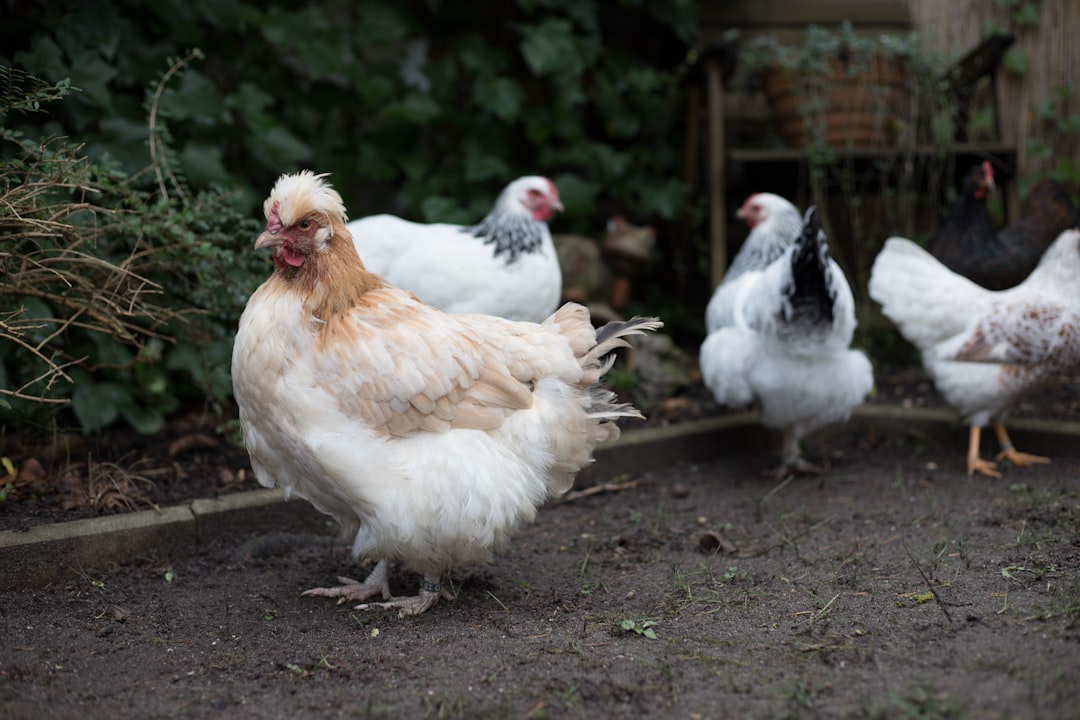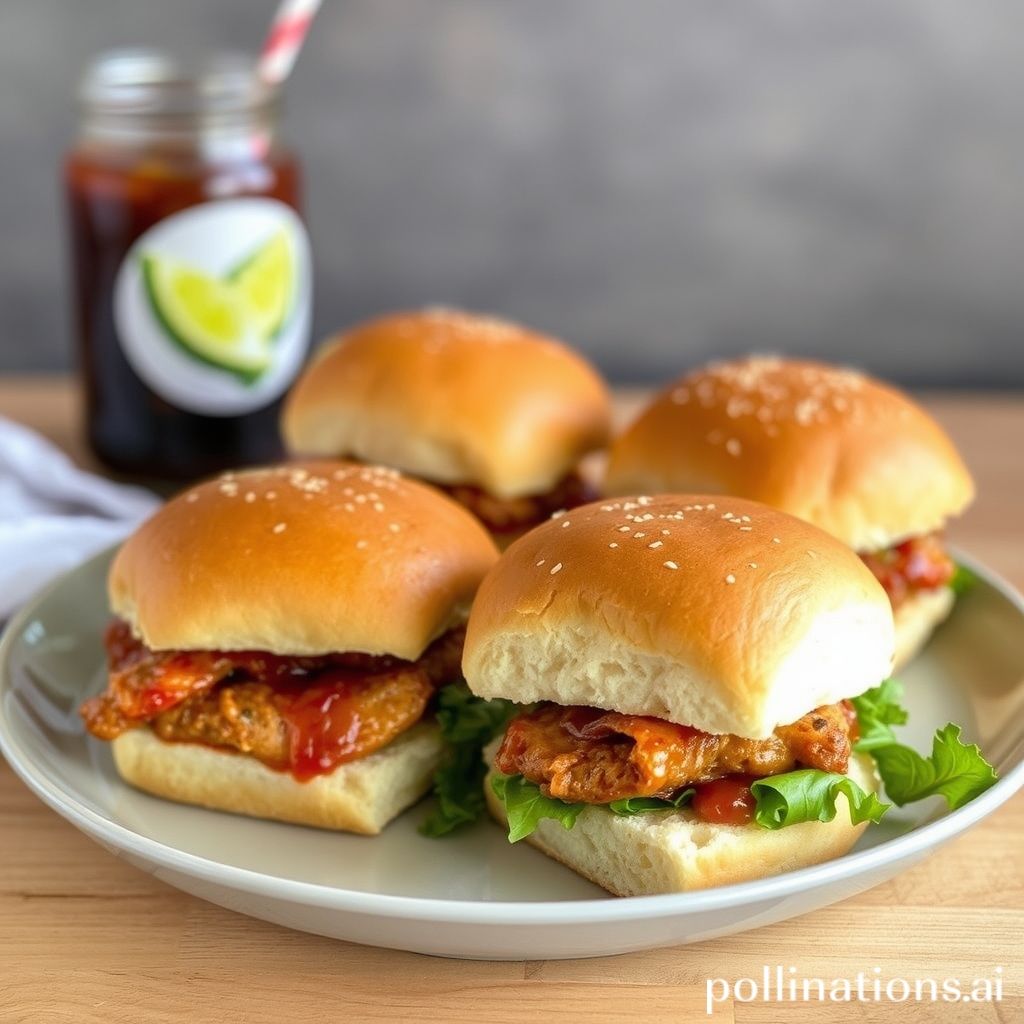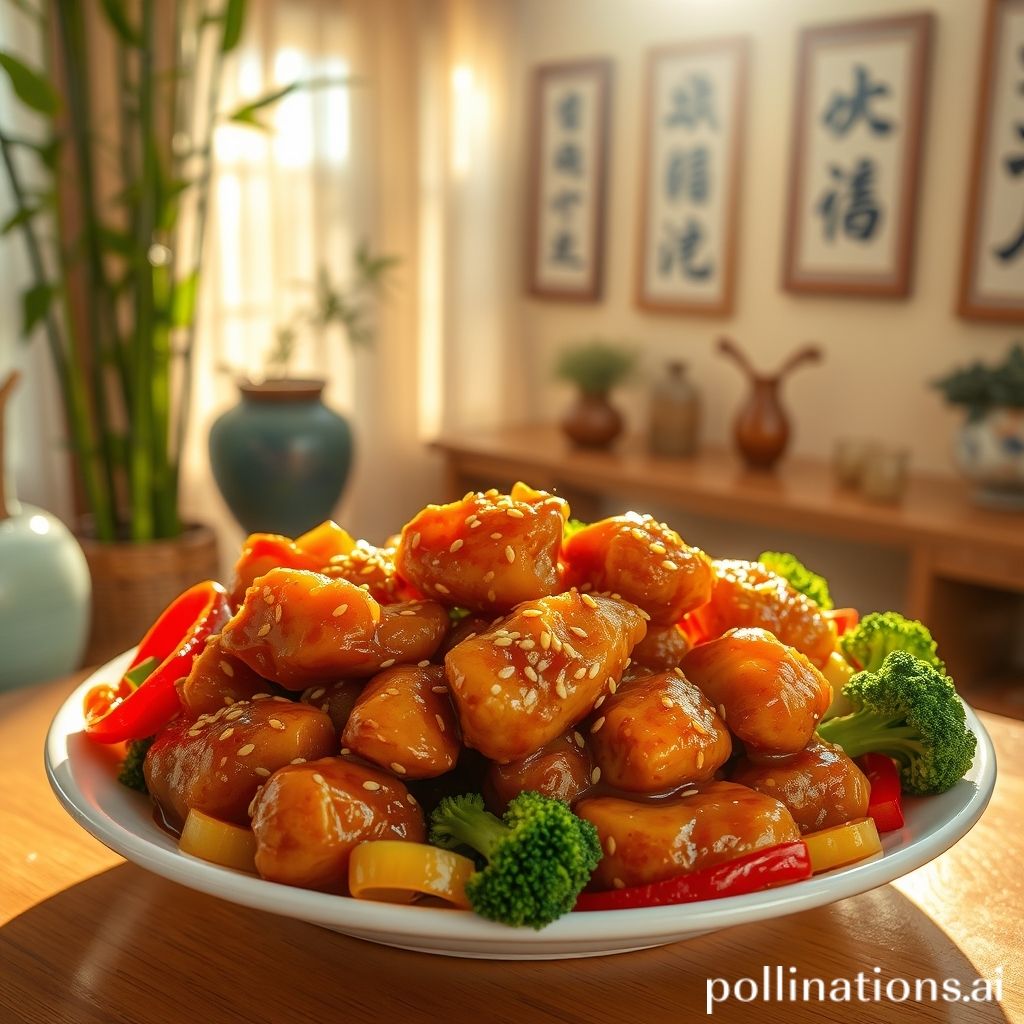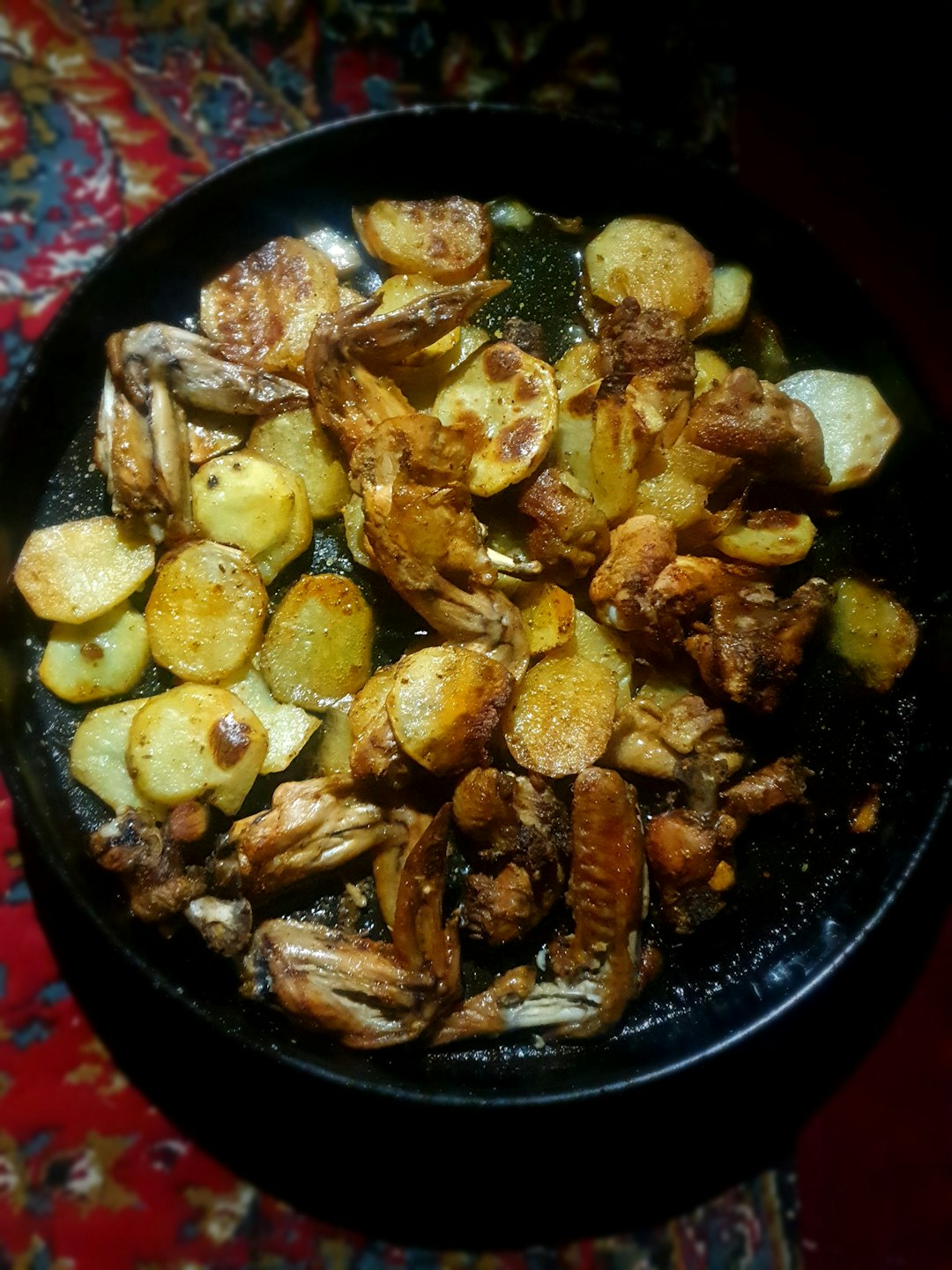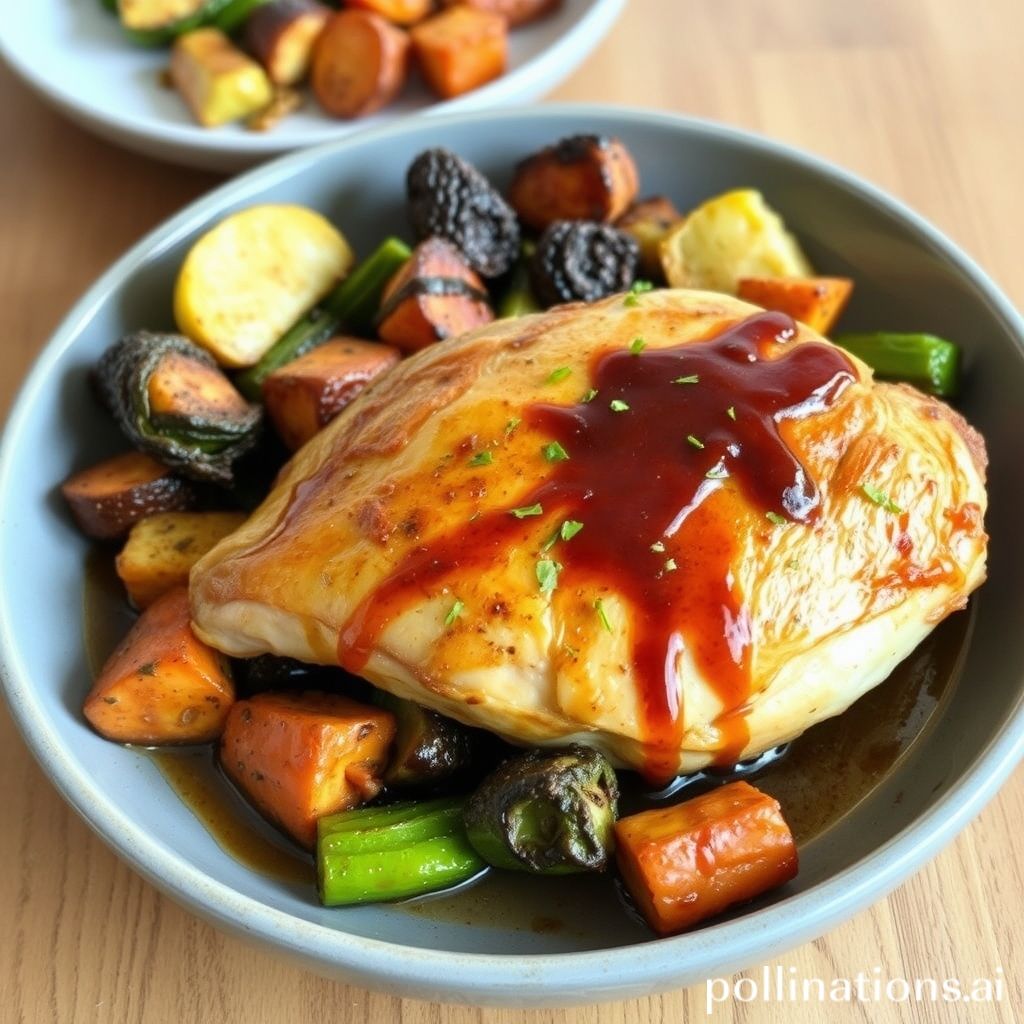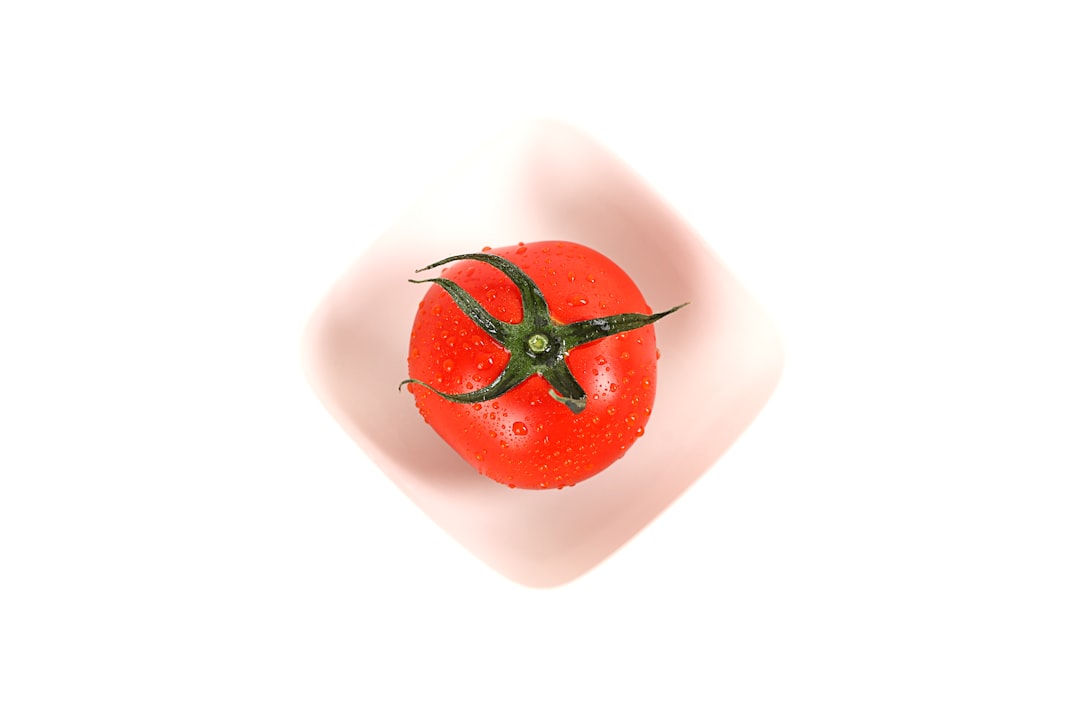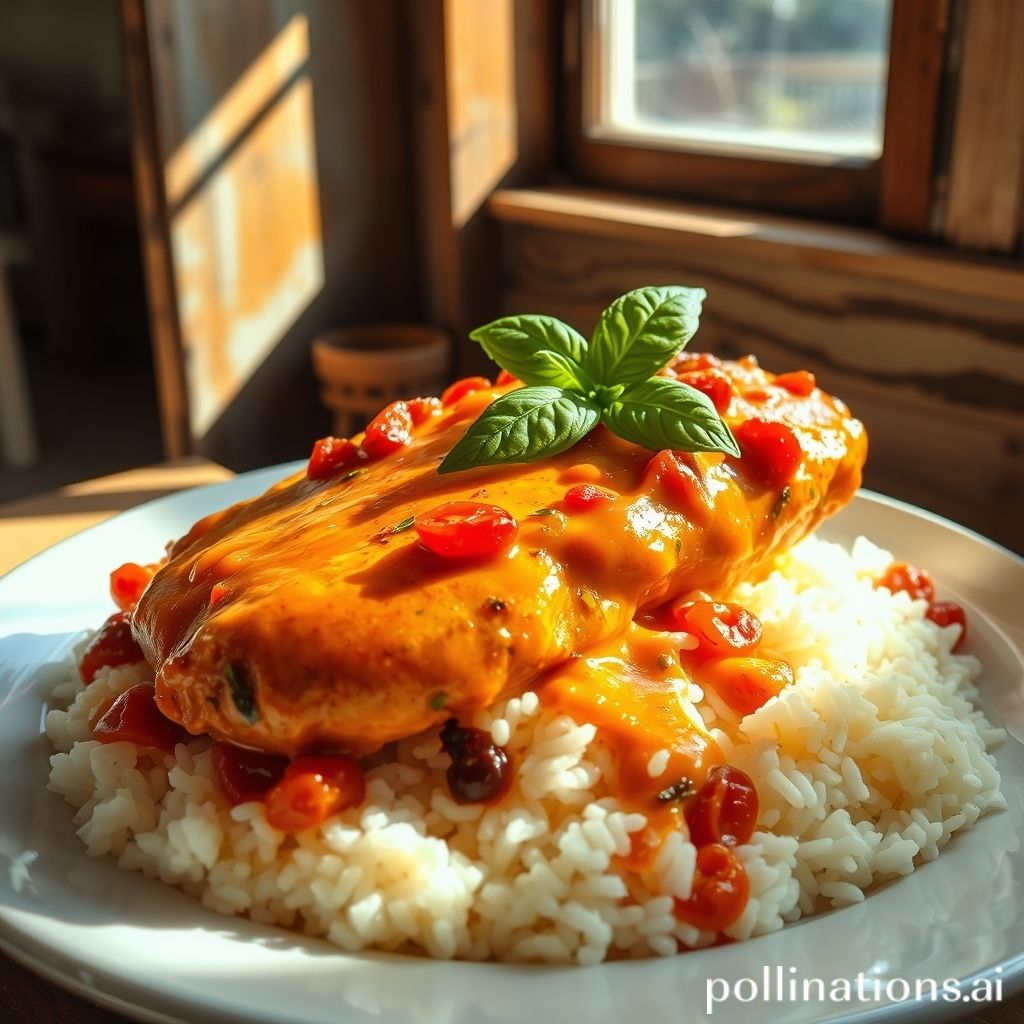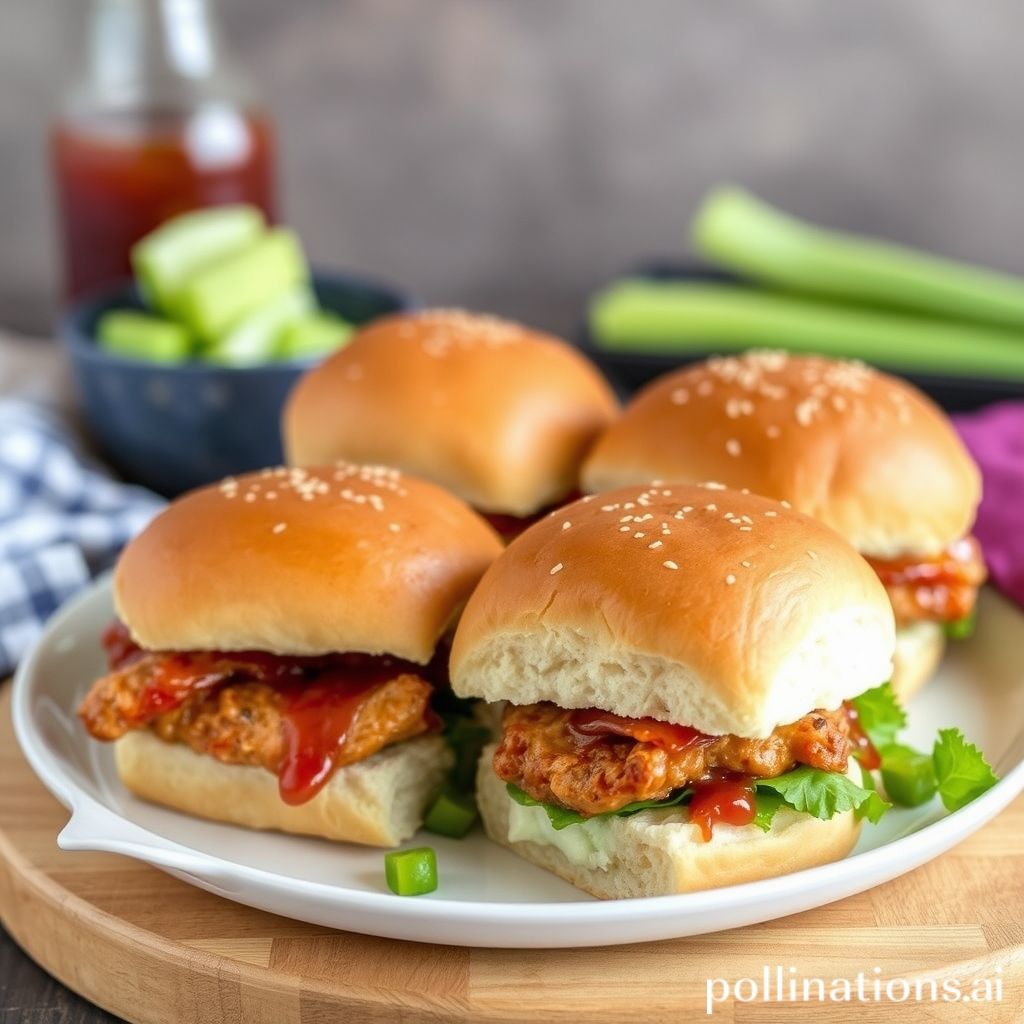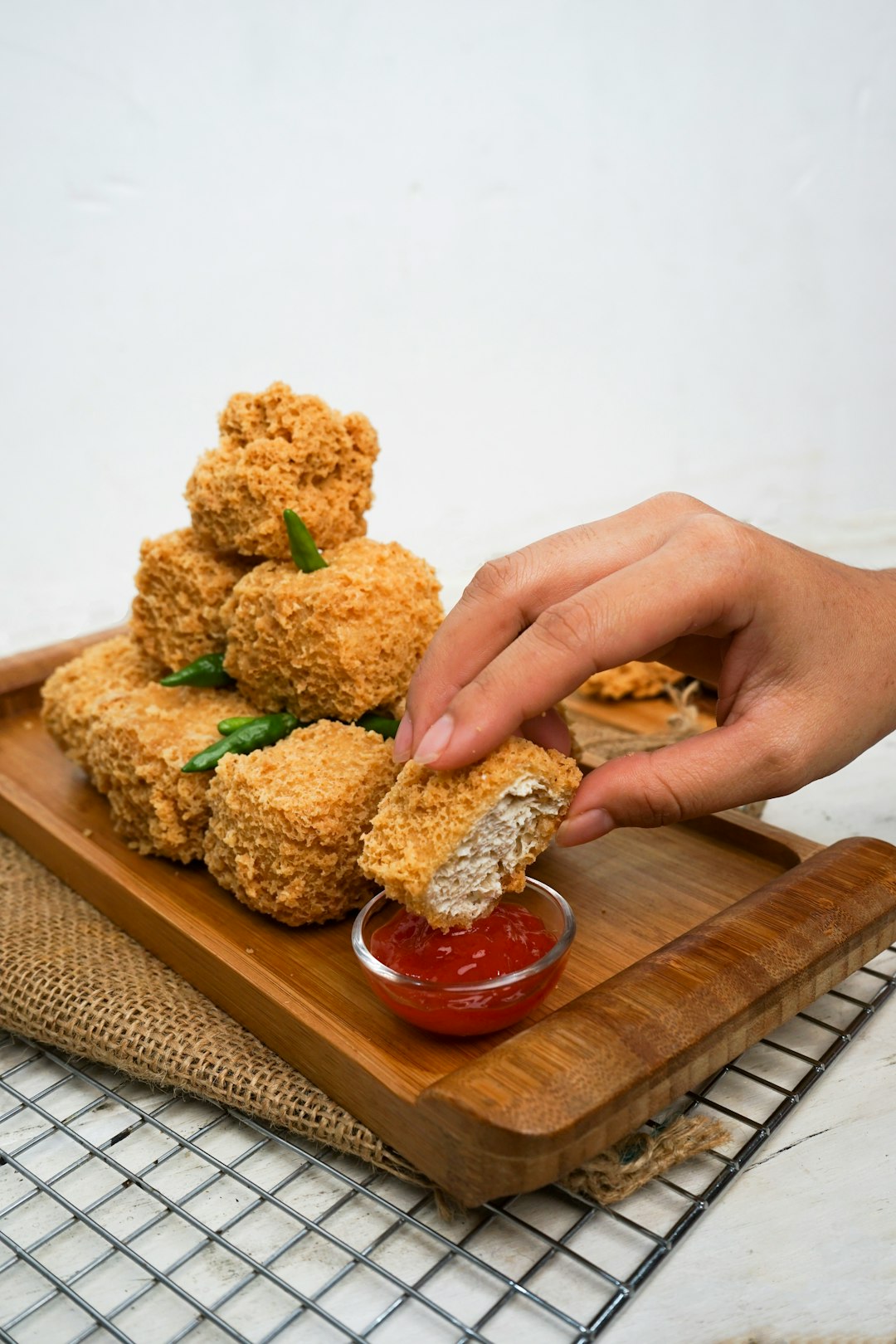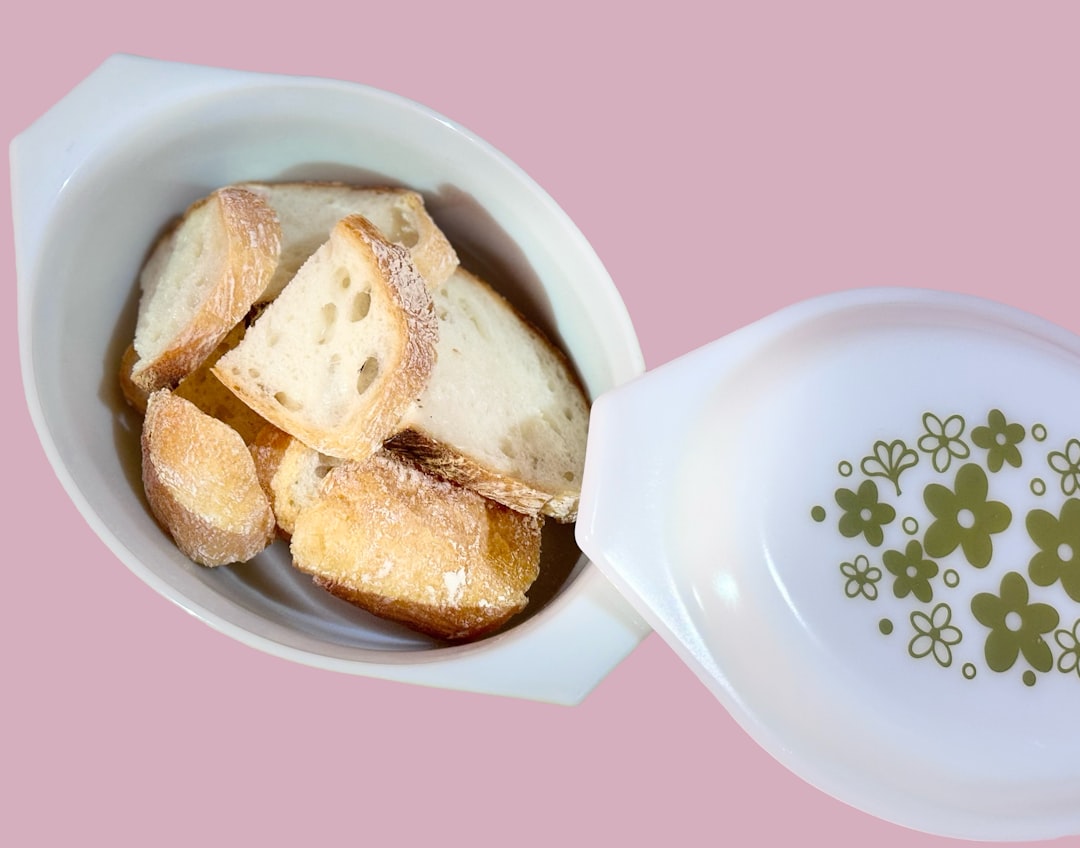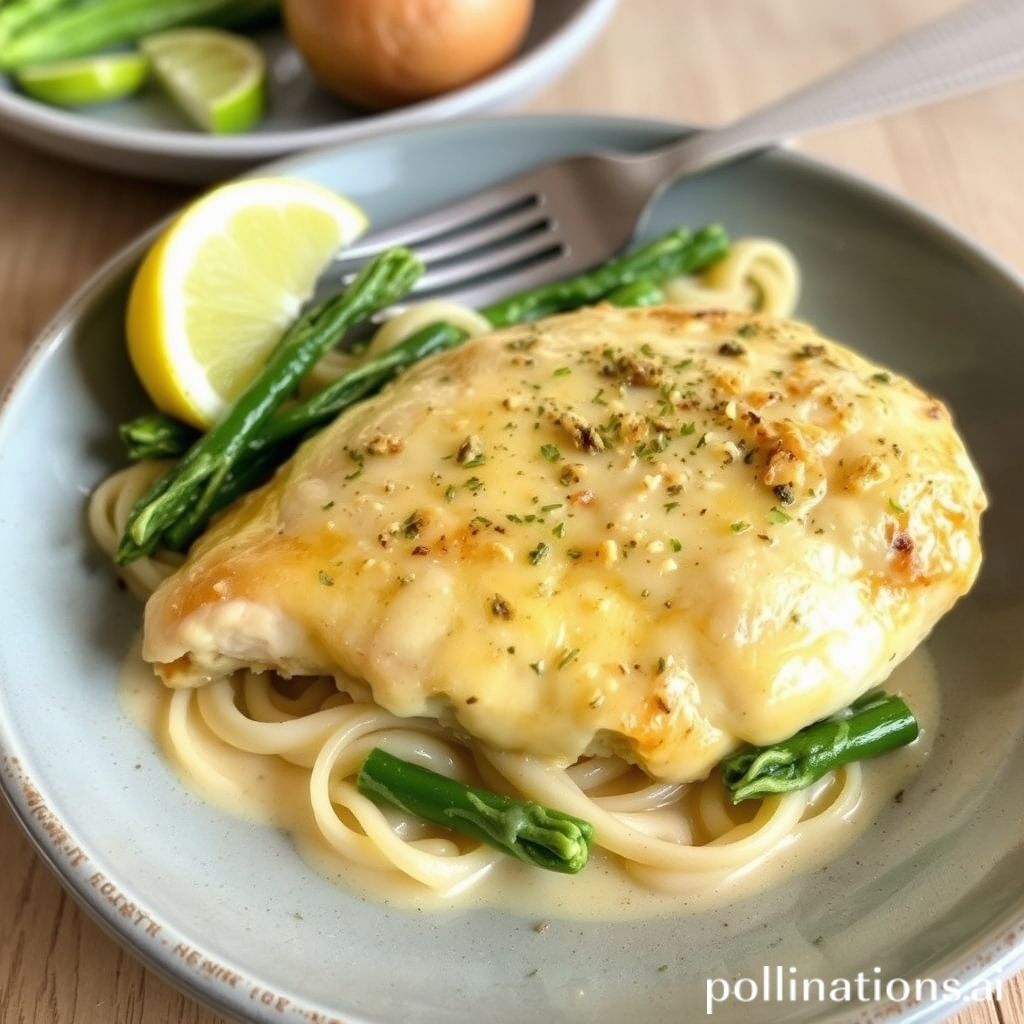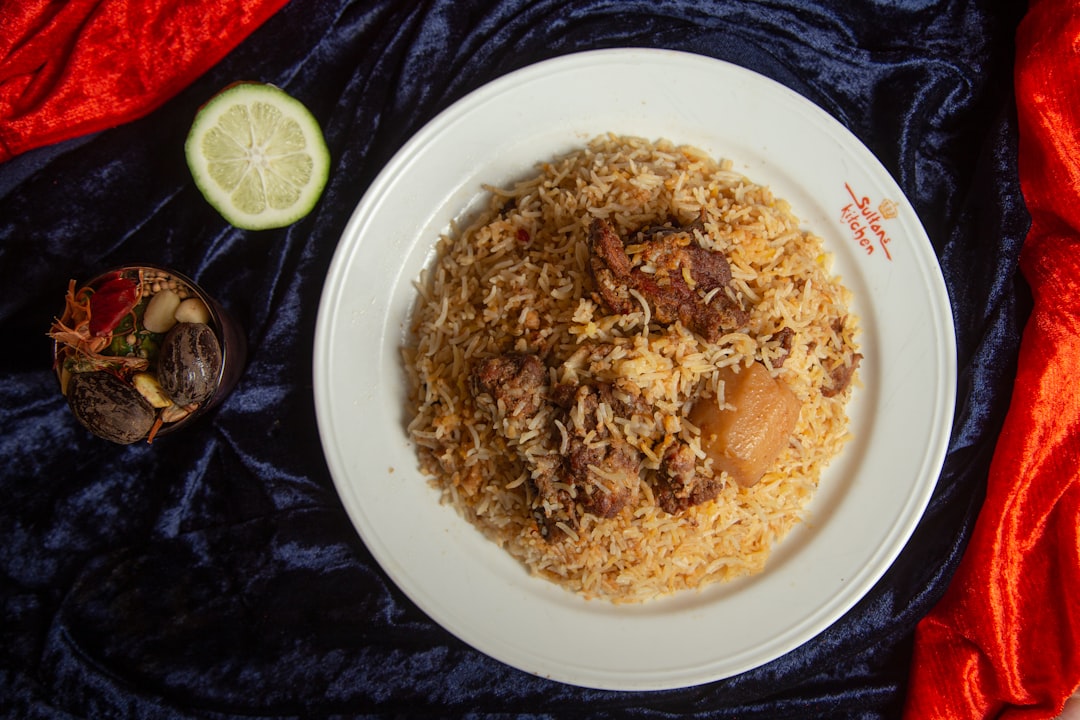Table of Contents
- Introduction
- Ingredients needed for Greek-Style Lemon Chicken Skewers
- Step-by-step preparation of lemon marinade
- Techniques for marinating chicken to maximize flavor
- Grilling techniques for perfectly cooked chicken skewers
- Serving suggestions and accompaniments for Greek-style skewers
- Health benefits of ingredients used in Greek-style chicken skewers
- Alternative cooking methods: oven and pan-frying
- Common mistakes to avoid when making chicken skewers
- Conclusion
- Frequently Asked Questions
Introduction
Imagine the sun-drenched hills of Greece, where the scent of citrus and herbs fills the air, and local culinary artisans perfect the art of skewering juicy pieces of chicken with tantalizing finesse. Savor the Flavors of Greece invites you on a culinary journey to explore the irresistible allure of Greek lemon chicken skewers. This dish harmonizes the zesty brightness of fresh lemons with the robust earthiness of Greek herbs, creating a sensory experience that transports you straight to a bustling Greek taverna.
In this recipe, you will need:
- 1 lb of chicken breast, cut into 1-inch cubes
- Juice of two large lemons
- 3 tbsp of extra-virgin olive oil
- 2 cloves of garlic, minced
- 1 tbsp of dried oregano
- Salt and freshly ground pepper to taste
- Lemon wedges for garnish
The magic begins with fresh, succulent chunks of chicken marinated in a vibrant blend of olive oil, garlic, oregano, and lemon juice, capturing the essence of the Mediterranean landscape. The sizzle of the grill, the aroma of the herbs, and the golden kiss of the charred exterior promise delectable insights into the heart of Greek cuisine.
Ingredients needed for Greek-Style Lemon Chicken Skewers
Greek-Style Lemon Chicken Skewers offer a delightful combination of flavors that transport you straight to the Mediterranean. To create this dish, you’ll need a selection of fresh and vibrant ingredients. Start with boneless, skinless chicken breast, approximately one to one and a half pounds, which will serve as the star of your skewers.
The marinade is crucial for achieving that authentic Greek flavor. You’ll need fresh lemon juice from about two lemons, ensuring a tart and zesty taste that permeates the chicken. Olive oil, around 1/4 cup, acts as a base for the marinade, adding richness and helping in the cooking process.
Add minced garlic cloves, typically two or three, to enhance the savory taste. You’ll also need dried oregano, around a tablespoon, to lend an earthy aroma. A teaspoon of salt and half a teaspoon of black pepper balance the flavors. Freshly chopped parsley or dill, about two tablespoons, can be added just before serving for a burst of freshness.
Lastly, don’t forget the wooden skewers, soaked in water to prevent burning. These ingredients come together to create a delicious and aromatic dish perfect for any occasion.
Step-by-step preparation of lemon marinade
Preparing a lemon marinade for Greek-style chicken skewers is a simple yet crucial step that ensures flavorful and tender pieces of chicken. Start by gathering fresh ingredients: you will need freshly squeezed lemon juice, olive oil, minced garlic, dried oregano, salt, and pepper. The combination of these ingredients provides the classic Mediterranean aroma and taste.
Begin by measuring a quarter cup of freshly squeezed lemon juice into a mixing bowl. The lemon juice acts as the primary acidic component, helping to tenderize the chicken. Next, add a third cup of extra virgin olive oil, which will serve as the base of the marinade, adding richness and moisture. Mince three to four cloves of garlic and incorporate them into the mixture, allowing their pungent flavor to seep into the chicken. Sprinkle about two tablespoons of dried oregano for the distinctive Greek flavor, then season with salt and pepper to taste.
Whisk all the ingredients together thoroughly until they are well combined. This ensures that every part of the chicken gets evenly coated. Let the mixture sit for a moment to allow the flavors to amalgamate before using it to marinate the chicken pieces for at least two hours.
Techniques for marinating chicken to maximize flavor
Marinating chicken is a vital technique to enhance its flavor, ensuring every bite is aromatic and succulent. For Greek-style lemon chicken skewers, the marinade is crucial. The key component is acid, such as lemon juice or vinegar, which helps tenderize the meat by breaking down proteins. Balancing acid with fat, like olive oil, ensures moisture and a rich texture during cooking. Fresh herbs such as oregano and thyme are classic in Greek cuisine and infuse the chicken with earthy flavors. Minced garlic and a hint of cumin add an aromatic depth that complements the citrus.
For maximum flavor infusion, the chicken should be marinated for at least two hours, preferably overnight. Make sure the pieces are evenly coated by mixing them thoroughly in a resealable plastic bag or a covered bowl. This helps in locking in the flavors and prevents oxidation. Bringing the chicken to room temperature before cooking ensures even grilling, helping the skewers to develop a nicely charred and flavorful exterior. Remember, a well-balanced marinade not only enhances the taste but also aids in creating a tantalizing aroma that makes these skewers irresistible.
Grilling techniques for perfectly cooked chicken skewers
Mastering the art of grilling chicken skewers involves a blend of technique and timing to achieve juicy results with a hint of charred flavors. Start by ensuring your grill is preheated to medium-high heat. This level of heat helps sear the chicken quickly, locking in juices while giving it lovely grill marks.
Next, consider the size of your chicken pieces. Aim for uniform cubes or slices, approximately 1-1.5 inches in size. Uniform cuts ensure that the pieces cook evenly, reducing the risk of some being undercooked or others overdone.
Marinating your chicken prior to grilling is essential for infusing flavor. A marinade rich in lemon, olive oil, garlic, and oregano not only resonates with classic Greek flavors but also helps tenderize the meat. Marinate for at least 2 hours or overnight for best results.
Thread the chicken onto skewers without overcrowding them. This ensures heat circulates each piece properly. Wooden skewers should be soaked in water for at least 30 minutes to prevent burning.
Grill the skewers for about 10-12 minutes, rotating them occasionally to achieve even cooking. Use a meat thermometer to ensure the internal temperature reaches 165°F, indicating doneness. Allow them to rest briefly before serving to let the juices redistribute, ensuring moist and flavorful chicken.
Serving suggestions and accompaniments for Greek-style skewers
When it comes to serving Greek-style lemon chicken skewers, there are a variety of delicious accompaniments that can elevate the dish even further. A classic choice is a side of tzatziki sauce, providing a cool, creamy contrast to the zesty lemon and herb marinated chicken.
Consider pairing the skewers with a refreshing Greek salad, featuring ripe tomatoes, crunchy cucumbers, red onions, and a sprinkle of feta cheese, all dressed in olive oil and oregano. This adds a burst of fresh flavors and complements the savory taste of the chicken.
For a heartier option, serve the skewers alongside some warm pita bread or a serving of fluffy basmati rice, which can soak up the juices from the chicken and lemon marinade.
Grilled vegetables such as bell peppers, zucchini, or eggplant can also make for a vibrant and nutritious side dish, adding a smoky flavor to the meal.
In addition, a sprinkle of freshly chopped dill or parsley over the chicken skewers can enhance their aroma and visual appeal. These serving suggestions and accompaniments not only make for a well-rounded meal but also bring a taste of the Mediterranean to your table.
Health benefits of ingredients used in Greek-style chicken skewers
Greek-style lemon chicken skewers are not only delicious but also packed with nutritious ingredients. One of the primary ingredients, chicken, is an excellent source of lean protein, which is essential for muscle growth and repair. Consuming adequate protein can also help in maintaining a healthy weight.
Lemon juice, another staple in this recipe, is rich in vitamin C, an antioxidant that supports immune function and skin health. The citric acid in lemons can also enhance digestion by increasing stomach acid production.
Olive oil, commonly used as a marinade base, provides healthy monounsaturated fats which are beneficial for heart health. It also contains antioxidants that have anti-inflammatory properties.
Garlic, frequently added for its flavor, has compounds like allicin that can help boost the immune system and reduce blood pressure. Garlic is also known for its antimicrobial properties.
Herbs such as oregano and thyme, popular in Greek cuisine, are loaded with antioxidants. Oregano, in particular, contains compounds that may help improve gut health and fight bacterial infections.
Combined, these ingredients not only create a flavorful dish but also contribute significantly to a balanced and healthy diet.
Alternative cooking methods: oven and pan-frying
When it comes to cooking Greek-style lemon chicken skewers, using an oven or pan-frying can be excellent alternatives to grilling, each offering unique flavors and textures.
Oven cooking is a convenient option that ensures even heat distribution, making it easier to cook the chicken thoroughly. To prepare in the oven, preheat to 400°F (200°C), place the marinated chicken skewers on a baking sheet, and bake for about 20-25 minutes or until the chicken is cooked through and golden brown, turning halfway for even cooking. This method is ideal for retaining moisture and developing a slight crispiness.
Pan-frying, on the other hand, is perfect for those who crave a slightly charred flavor without needing a grill. Heat a tablespoon of olive oil in a large pan over medium-high heat. Once hot, add the chicken skewers and cook for 10-12 minutes, turning occasionally until they are golden and fully cooked. Pan-frying allows you to control the browning and crispness, providing a deliciously caramelized exterior while keeping the inside juicy.
Both methods are simple and effective, allowing you to enjoy the rich, tangy flavors of Greek-style lemon chicken skewers all year round.
Common mistakes to avoid when making chicken skewers
When making Greek-Style Lemon Chicken Skewers, there are several common mistakes to avoid to ensure they turn out perfectly each time. One of the most frequent errors is overcrowding the skewers. It’s crucial to leave a small gap between each piece of chicken to ensure even cooking and optimal caramelization. Another mistake is using the wrong cut of chicken; using breast meat is ideal, but it must be marinated sufficiently to prevent dryness.
Marinating is another crucial step that is often hurried. Failing to marinate the chicken for at least 30 minutes—or ideally a few hours—can result in bland skewers. Additionally, not pre-soaking wooden skewers can lead to burning or breaking during grilling. It’s essential to soak them in water for at least 30 minutes beforehand.
Furthermore, not preheating the grill is an oversight that affects cooking time and flavor. A thoroughly preheated grill ensures those perfect grill marks and that the chicken cooks uniformly. Lastly, avoid constantly turning the skewers as frequent flipping can prevent the chicken from developing a satisfying char. Letting them grill for a couple of minutes on each side allows for the development of a tasty crust that enhances flavor.
Conclusion
Embarking on a culinary journey to savor the flavors of Greece through irresistibly tangy lemon chicken skewers is not just about grilling techniques and marinade mastery. It’s a fusion of vibrant ingredients and cherished traditions, promising an unforgettable Mediterranean dining experience at your own table. These skewers, marinated to perfection, can transform any meal into a celebration infused with the essence of Greek cuisine. From the health benefits of each ingredient to mastering the art of grilling, every step ensures a deliciously tender result that’s hard to resist.
To continue your exploration of delectable chicken dishes beyond skewers, consider diving into the world of diverse recipes that promise excitement and variety. We highly recommend The Chicken Bible: Say Goodbye to Boring Chicken with 500 Recipes for Easy Dinners, Braises, Wings, Stir-Fries, and So Much More. This comprehensive cookbook is your gateway to endless possibilities, offering 500 ways to revolutionize your chicken meals. Don’t miss this chance to expand your culinary repertoire and elevate your cooking to new flavorful heights. Grab your copy today!




